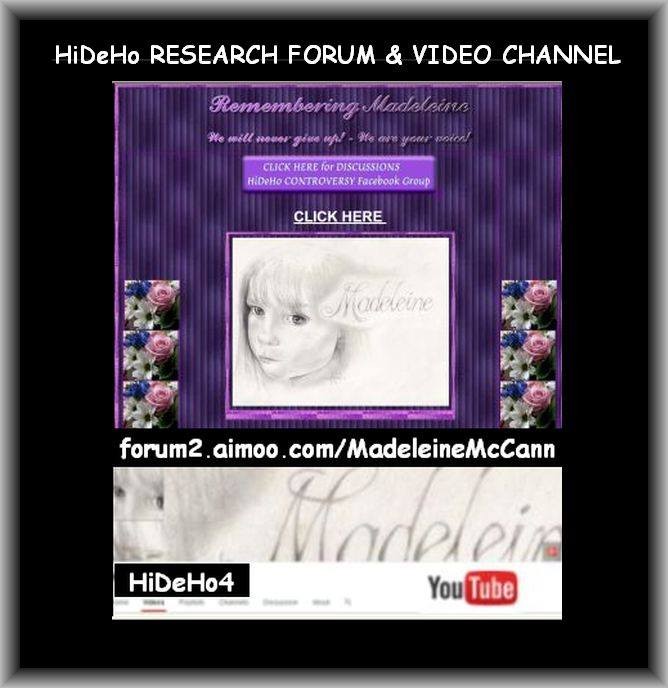
|
| Title: Madeleine's DNA profile - the control sample BEACHY | |
| MadeleineMcCann > FORENSICS > Random Forensic Information | Go to subcategory: |
| Author | Content |
|
TinLizzy
|
|
|
Date Posted:08/05/2010 7:18 PMCopy HTML http://msngroup.aimoo.com/madeleinemccann/beachyposts.msnw.htm craftyjan wrote: Beachy, (Posted: Wed Mar 26, 2008 10:11 pm) “DNA samples were obtained from Sean and Amelie early on via cheek swabbings, so it should have been simple work to exclude them as donors of any DNA that was found on Madeleine's pillow.��?BR> Do you know whether it would have been possible for drug tests to be carried out using these samples? No, unless they were taken almost immediately after Madeleine went missing. Some classes of regulated substances, such as opiates and amphetamines, can be detected in saliva, but only for about 48-72 hours after ingestion. Testing for drugs would have required a hair sample, but even so that is a dodgy business where accuracy is concerned. In the first instance, not all drugs or metabolites thereof show up in hair. Secondly, certain types of assays are done to look for particular drugs, almost always controlled substances. Generally speaking, there are five different groups of drugs that are looked for in drug testing: cannabinoids (hash, marijuana), cocaine, amphetamines, opiates, and phencyclidine (PCP). There are also drug panels (sets of predetermined tests) that will detect barbiturates, date rape drugs, synthetic painkillers (oxycodone, etc.), and certain types of tranquilisers. You cannot just take a hair sample to a lab, say, "Let me know if anything suspicious turns up," and count on learning if, for example, any over-the-counter preparations have been ingested by the hair donor, as panels to test for every possible drug are simply not available. |
Copyright © 2000- Aimoo Free Forum All rights reserved.





